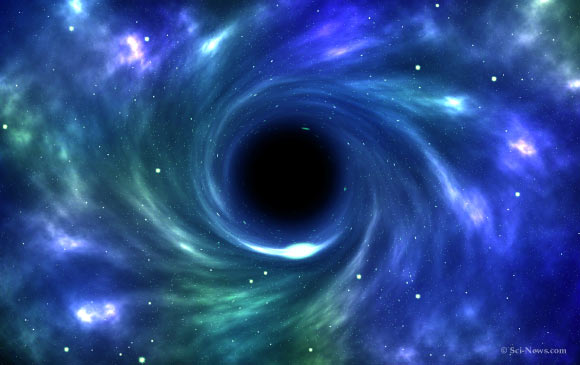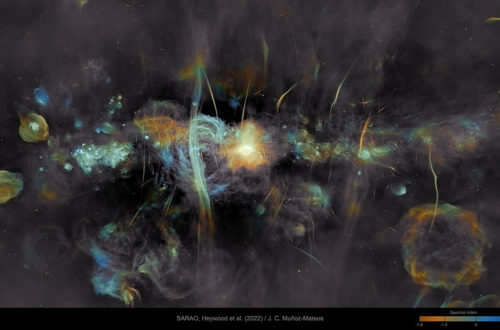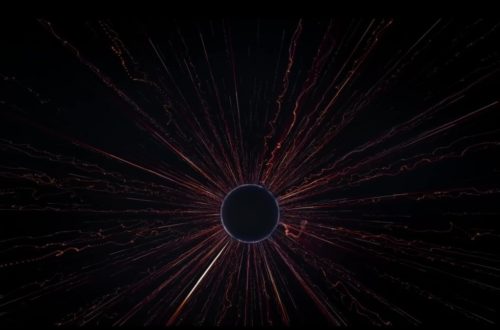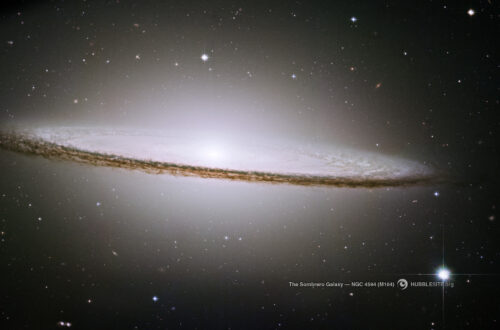What is the universe? All of space and time along with their contents. The unity of space and time is well-embodied in its Chinese term: Yu Zhou, where “Yu” means all of space and “Zhou” means all of time. However, what is space and what is time, and what is their difference? This is an ultimate puzzle for anyone exposed to special and general relativity.
According to our daily sense, space and time are a set of concepts to quantify the events in the world. Every event occurs at a place in space and a moment in time. With such space and time coordinates, we can compare different events and discuss their causal connections. The chief distinction of time compared to space is that it is a unidirectional axis: we can only move in one direction in time, but we are free to move in either direction along any spatial axis. Why is this?
From basic geometry, we know the space separation between two points in flat space can be calculated by:

Analogously, if the time coordinate is included, the spacetime interval between two events in flat spacetime is defined as:

Due to the presence of a negative term, the quantity on the left hand side isn’t always non-negative. A positive interval is called spacelike; a negative interval is called timelike. We can easily understand why these terms are used: a purely space separation gives a positive interval (spacelike); a purely time separation gives a negative interval (timelike). For the critical case where the interval vanishes, this leads to Δd/Δt = c, implying that Δd can be crossed during Δt only with the speed of light. Hence, such an interval is named lightlike (or null).
Any event is represented by a point in spacetime, and all the other events having a lightlike interval with respect to that event define a light cone. The light cone divides spacetime around the event into three parts, one spacelike region and two timelike regions. As nothing can exceed the speed of light, particles are restricted to move within the timelike region (for massive particles) or on the light cone surface (for massless particles).
Now let’s consider the motion of a massive particle. The line element along its path in spacetime is:

Since it always remains timelike, the time displacement must be non-zero, while the space displacement is allowed to vanish. As a result, time can only change monotonically, otherwise there can be two opposite time displacements that cancel out, yielding a total dt = 0. This mathematically explains the unidirectional nature of time. Based on this fact, we can introduce the concepts of “past” and “future”, corresponding to the two timelike regions contained in the light cone. Only events in the past light cone can influence the present; only events in the future light cone can be influenced by the present.
By invoking the spacetime interval and light cone, we find the reason why time is distinct from space. But isn’t it trivial to say space is spacelike and time is timelike? Also, is it always the case? In part II we’ll see something different and interesting.





